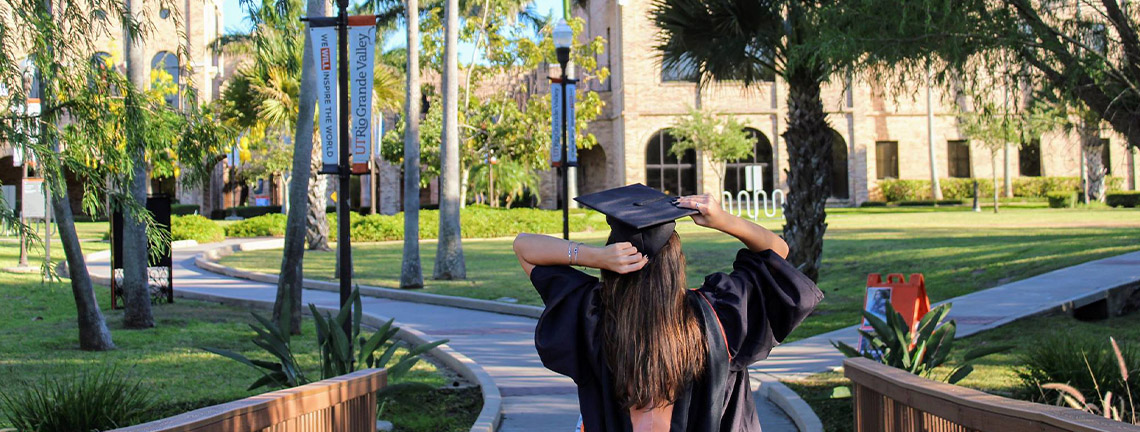
Theses and Dissertations
Date of Award
8-2022
Document Type
Thesis
Degree Name
Master of Science (MS)
Department
Biology
First Advisor
Dr. Mirayda Torres-Avila
Second Advisor
Dr. Matthew Terry
Third Advisor
Dr. Evan Braswell
Abstract
Citrus greening disease, also known as Huanglongbing, is one of the most devastating citrus diseases in the world. Candidatus Liberibacter asiaticus (CLas) is a non-culturable, phloem-limited bacterium that serves as one of two vectors for the transmission of any of the three kinds of greening disease. In cooler climates, the African variant transmitted by the African citrus psyllid (Trioza erytreae) is more prevalent. The Asian form transmitted by the Asian citrus psyllid (Diaphorina citri) where is predominant in warmer conditions and recently discover the American form who is also transmit by Diaphorina citri, was discover in Brazil but has also been found in In Florida, Louisiana, Georgia, South Carolina, Texas, and Hawaii, and recently arrived in Southern California, becoming a troublesome citrus disease in the United States since 2005 with no effective treatment. The Asian form transmitted by the Asian citrus psyllid (Diaphorina citri) where is predominant in warmer conditions and recently discover the American form who is also transmit by Diaphorina citri, was discover in Brazil but has also been found in In Florida, Louisiana, Georgia, South Carolina, Texas, and Hawaii, and recently arrived in Southern California, becoming a troublesome citrus disease in the United States since 2005 with no effective treatment. Murraya Paniculata is an ornamental citrus belonging to the Rutaceae family. M. paniculata is commonly used in traditional Chinese medicine to treat diarrhea, abdominal pain, stomachache, headache, edema, and blood clots. In addition, it was utilized as an anticonvulsant, expectorant, detoxicant, and local anesthetic. Bark and leaf extracts are stimulant, astringent, antinociceptive, anti-inflammatory, antidiarrheal, antitrypanosomally, anti-diabetic, anti-malarial, antibacterial, and antifungal, according to previous research. Despite the fact that M. Paniculata is a favoured host for the CGD vector Diaphorina citri, it has been reported that infected plants exhibit minimal to no symptoms. We constructed a de novo assembly and performed a transcriptome analysis of M. paniculata in three variations, non-grafted and non-infected, grafted and not-infected, and grafted and infected, utilizing triplicate samples at two time points (four weeks and twelve weeks) and leaf tissue to extract RNA. The acquisition of additional sequences, the cleaning and analysis of data, and the construction of a De novo assembly. Using statistical analysis, heatmaps, Venn diagrams, and volcano plots, we were able to identify candidate genes that may explain the citrus greening disease resistance of M. Paniculata.
Recommended Citation
Aquino Gomez, J. (2022). De Novo Transcriptome Analysis of Orange Jasmine (Murraya paniculata) Infected with Citrus Greening Disease [Master's thesis, The University of Texas Rio Grande Valley]. ScholarWorks @ UTRGV. https://scholarworks.utrgv.edu/etd/1012


Comments
Copyright 2022 Jeffrey Aquino Gómez. All Rights Reserved.
https://go.openathens.net/redirector/utrgv.edu?url=https://www.proquest.com/dissertations-theses/de-novo-transcriptome-analysis-orange-jasmine-em/docview/2742635128/se-2?accountid=7119